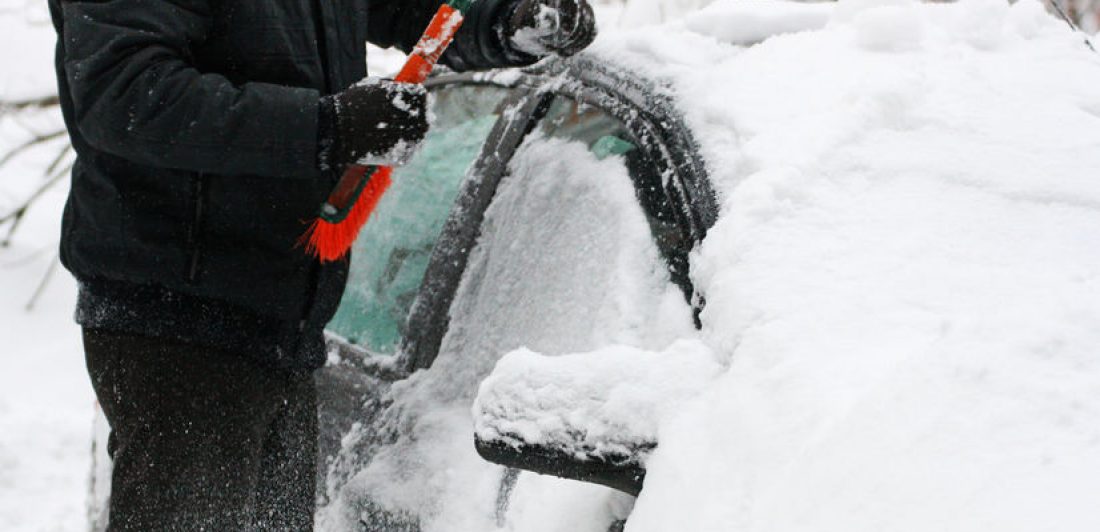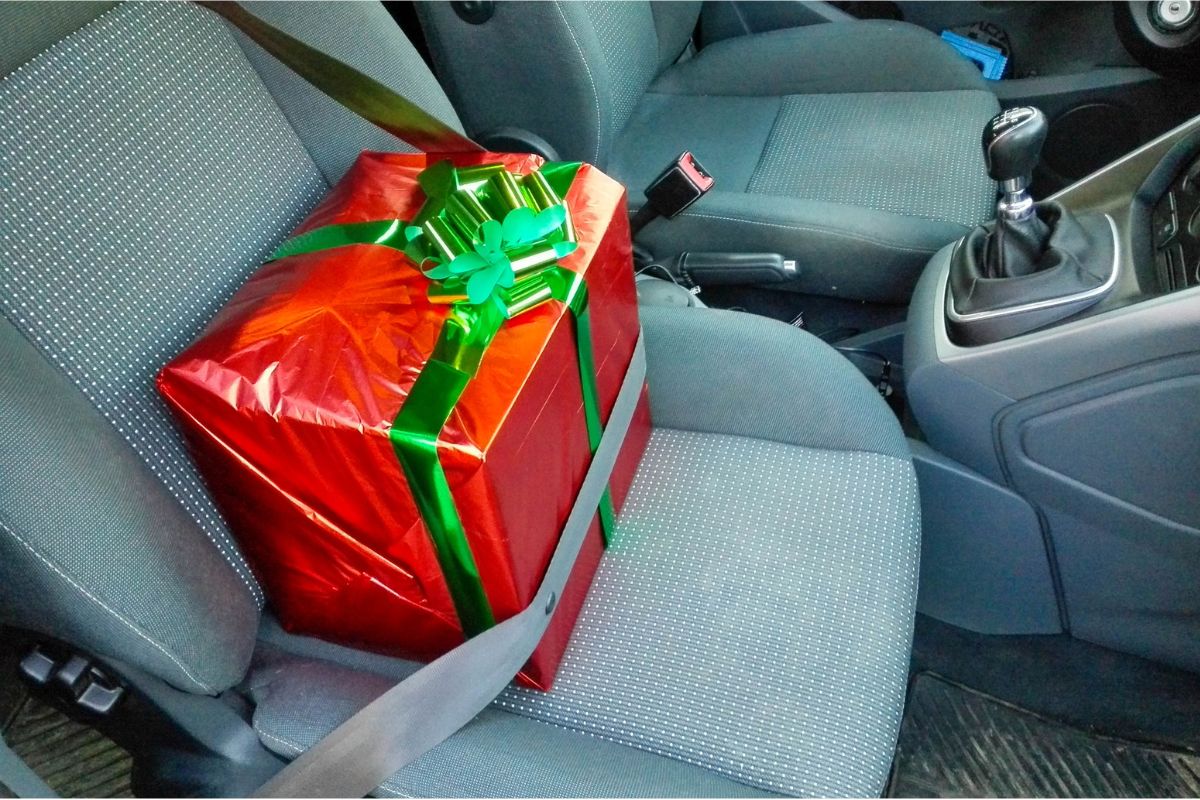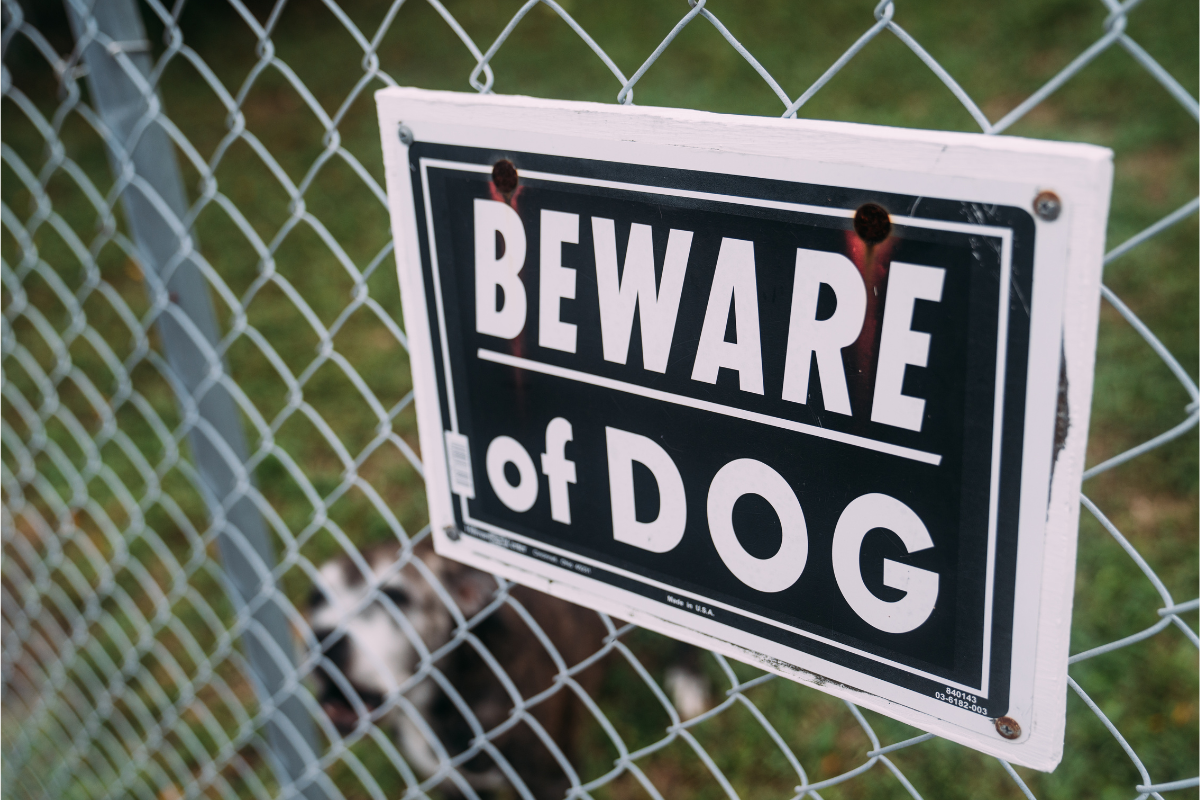Winter driving can be a scary experience. Snow, poor visibility, and ice on the road can disable your vehicle or make roads hard to travel. According to the National Highway Traffic Safety Administration, about 17% of all vehicle crashes happen during winter conditions, a clear sign that people often don't take driving in winter conditions seriously enough.
It is always important to plan for any road trip, but it is essential to prepare yourself for a winter drive. Winter weather brings its own risks and challenges. To maximize your safety, it's best to take some precautionary measures. Below are a few suggestions for preparing yourself and your vehicle for a winter drive.
Seven Tips for Preparing Yourself and Your Vehicle for Winter Driving
1. Plan Your Travel and Route
This is an obvious tip, but we can’t stress enough how important it is to prepare yourself. Before heading out, make sure to check weather conditions, road conditions, and traffic. When scheduling, allow yourself to have plenty of time to make it to your destination safely so you don't have to rush. Familiarize yourself with maps and directions, even if you plan on using a GPS. Let others know your route and anticipated arrival time.
2. Prepare an Emergency Kit
You don’t know if or when emergencies will occur, but you can definitely prepare for them. If you're driving in the winter, it's possible you may encounter some snowstorms on your drive. These are some of the items that we recommend you keep in your trunk during the winter:
- A blanket
- An extra set of warm clothes
- Ice scraper, shovel
- Flashlight, flares, and extra batteries
- Bag of road salt or cat litter
- Jumper cables
- Windshield wipers, wiper fluid, and antifreeze
- Bottled water and high-energy, nonperishable food items
- Portable charger
- Cooking spray to prevent car doors from freezing
3. Have a Backup Plan
Even the best-prepared and most highly-skilled drivers can get stuck in the snow and ice. If you happen to be stranded, here are a few tips to keep in mind:
- Be mentally prepared for emergencies. Keeping the items mentioned above can help you feel comfortable while you wait.
- Stay inside and call 9-1-1. If possible, exit the highway and turn your hazard lights on or tie something bright to your car’s antenna to signal that you need help. Stay in your car, and if you have a charged phone and reception, call for help and describe your location as best as you can.
- Clear the tailpipe. Make sure that there is no snow covering your tailpipe to prevent carbon monoxide buildup inside your car. Be checking periodically that there is no new snow blocking it and checking oncoming traffic before exiting the vehicle.
- Keep moving and drink fluids. Clap your hands and tap your toes to keep circulation moving and prevent frostbite. But make sure to avoid overexertion and sweating. Keeping that in mind, make sure to drink fluids. If you don’t have drinking water, melt some snow inside a bag or other makeshift cup to stay hydrated.
- Run your engine. If you have enough gas, run your vehicle for 10 minutes every hour to keep your car warm. Open a downwind window for slight ventilation and clear snow from the exhaust pipe to prevent carbon monoxide poisoning.
- Don’t overexert yourself. The cold weather puts your heart under stress. Shoveling snow or pushing a car could put you at risk for a heart attack if you don’t regularly exercise.
4. Test Your Battery
Making sure that your battery is in good shape to withstand a winter drive is very important. The winter weather will have your car battery working harder due to motor oil thickened by the temperature. You don't want to be stranded in some parking lot when it’s below 30 degrees and find out that you need a new battery. If you're not sure if your battery needs to be replaced, you can have a professional inspect it.
5. Check Your Tires
Checking your tire pressure before any road trip is an important step to make sure that you get to your destination safely. Your tires must be properly inflated to ensure you have the best possible traction on the road. Traction is affected in icy, snowy, or wet conditions. Tire pressure can drop in cold weather, so it is important to check where you stand before you hit the road.
Another way to make sure that your tires are in the best shape for a winter drive is to checks the treads on your tires and see if they need replacement. Treads should be at least 2/32 of an inch or greater on all tires. However, it might be in your best interest to invest in a set of winter tires to properly secure your vehicle to the ground and prevent skidding.
6. Check Car’s Exterior
Check the outside of your vehicle to ensure that headlights and brake lights are working properly. It is recommended to clean the lenses and replace any burnt-out bulbs. Replace worn or dried-out wiper blades to maintain visibility, especially traveling during a snowstorm.
7. Keep Gas Tank More Than Half Full
Although this is advised no matter the time of the year, it makes more sense in the winter to keep your gas tank level more than half full. Not only will keeping your tank full mean that you have plenty of gasoline to help warm your car in case you get stranded, but it helps not to create condensation in your gas tank. In the winter, that condensation can:
- Freeze
- Ice your fuel lines
- Cause no-start conditions
Fuel pumps can also fail when the tank is near empty most of the time. Gasoline acts as a coolant, and the gas pump can suck in the air when the fuel level is low. Over time, the sucking of the air generates heat that can cause the fuel pump to wear excessively.
At The Carlson Law Firm, We Care
Although you may follow all these tips for a safe winter drive, unfortunately, you can’t protect yourself from negligent drivers. If you or a loved one was hurt during a winter car crash, you deserve the care and attention needed to help you face the challenges you face after a car wreck. Contact our office today for a free consultation. We care, and we can help.




